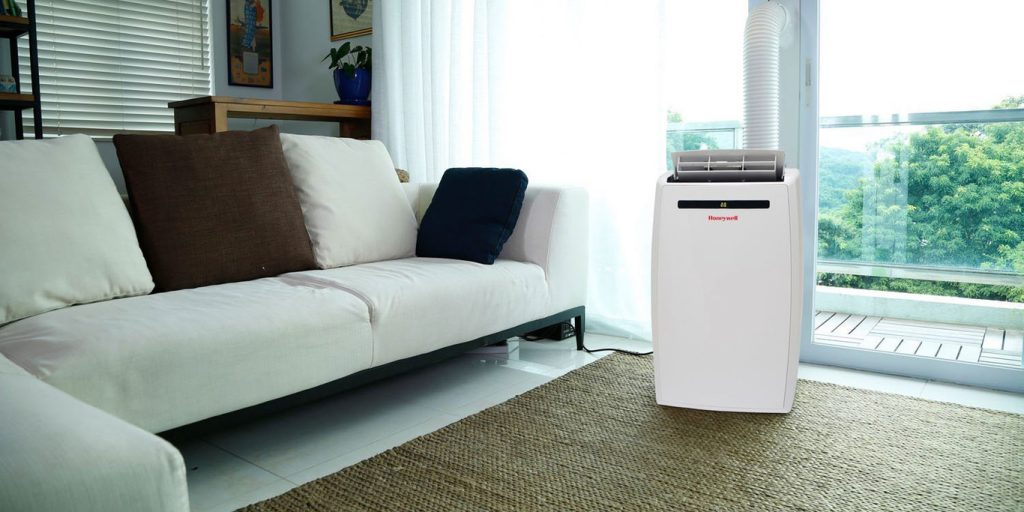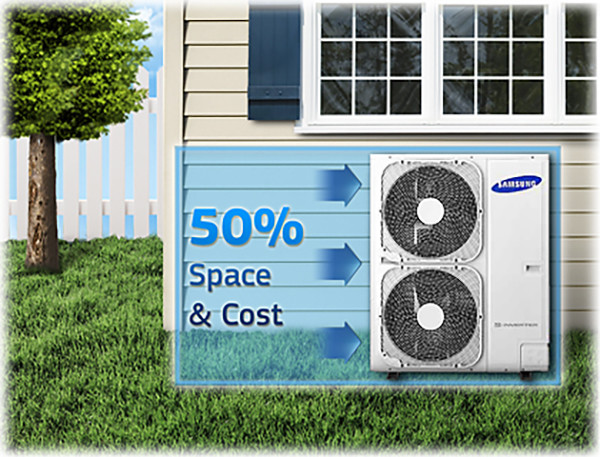A few days ago we talked about portable air conditioning systems, about their main advantages, disadvantages and about possible use cases where they are more convenient than fixed equipment with installation.
In case we already have one of these devices at home or if we are thinking about acquiring it, today we will see a series of tips when installing them to improve their performance and functionality quickly and easily.
Buy more than theoretically necessary
As we pointed out in the previous article, the inefficiency of this type of refrigeration equipment due to the internal installation of the appliance and the extraction tube makes us need more BTU than theoretically necessary.
Normally, equipment capable of providing between 100 and 140 BTU per square meter to cover for a device with external installation is usually recommended. In the case of a portable one, we can recommend more than 140 BTUs per square meter without fear of happening.
So, for a room of about 20 square meters in which usually would be enough with 2,000 or 2,500 we must bet on a model that reaches at least 3,000 BTU if we want an equivalent performance.
Place it on a carpet and well-sanded
Noise is one of the main drawbacks of portable equipment and one way to help reduce the low frequency is to place it on a carpet or insulating surface. This means that every time the compressor jumps, the unwanted vibrations are not transmitted directly to the ground but are partially damped.
Whenever possible we should try to avoid placing the equipment right in the corners of a room, since in this position will be excited low frequency standing waves that will further increase the noise of the device. It is also convenient that it is well shod so that it does not vibrate constantly.
The shorter tube the better
One of the main causes of the inefficiencies of this type of air conditioners is the tube responsible for expelling the hot air outside the room. It is usually made of plastic, without insulation and emits a part of the heat into the room, heating the room that we want to cool.
Usually they are extensible tubes with some flexibility to facilitate their placement in any type of window, but whenever we can we should try to use the smallest possible length of the tube to minimize the radiant surface area of heat inside the room.
In addition, we have to try to have the smallest possible bends, since every time it is bent it is an obstacle for the air outlet and will worsen the performance of the equipment.
Do not install it in front of a door or window
By constantly having to expel air from the room to the street, a pressure difference is created that will produce incoming currents towards it coming from the rooms or corridors that surround it. To prevent these currents from entering the air from outside or from another warm room, try not to place the air directly in front of a door that is not well insulated(those inside the house are not usually) or in front of an uninsulated window of the outside.
If we do it is easy to check by placing your hand on the slit of the poorly insulated door or window as a continuous stream of hot air comes from outside the room that will avoid reaching the desired temperature much earlier and will constantly work the compressor increasing the noise.
This is a problem that is solved with the models that include a double connection tube with the outside (which on the other hand are not very common to find in stores), one that takes the air out and another that picks it up inside, not expelling the air from the room constantly towards the street.
Check filters frequently
It may seem obvious, but a dirty filter in these types of devices can cause the air outlet to clog and the efficiency of the equipment to decrease considerably. It is advisable to check and clean the filters at least once each season of use or more frequently if we live in a region with a lot of dust in suspension.
We also have to monitor the internal containers where the device stores the condensation water to prevent the growth of mold, corrosion or that it overflows.





